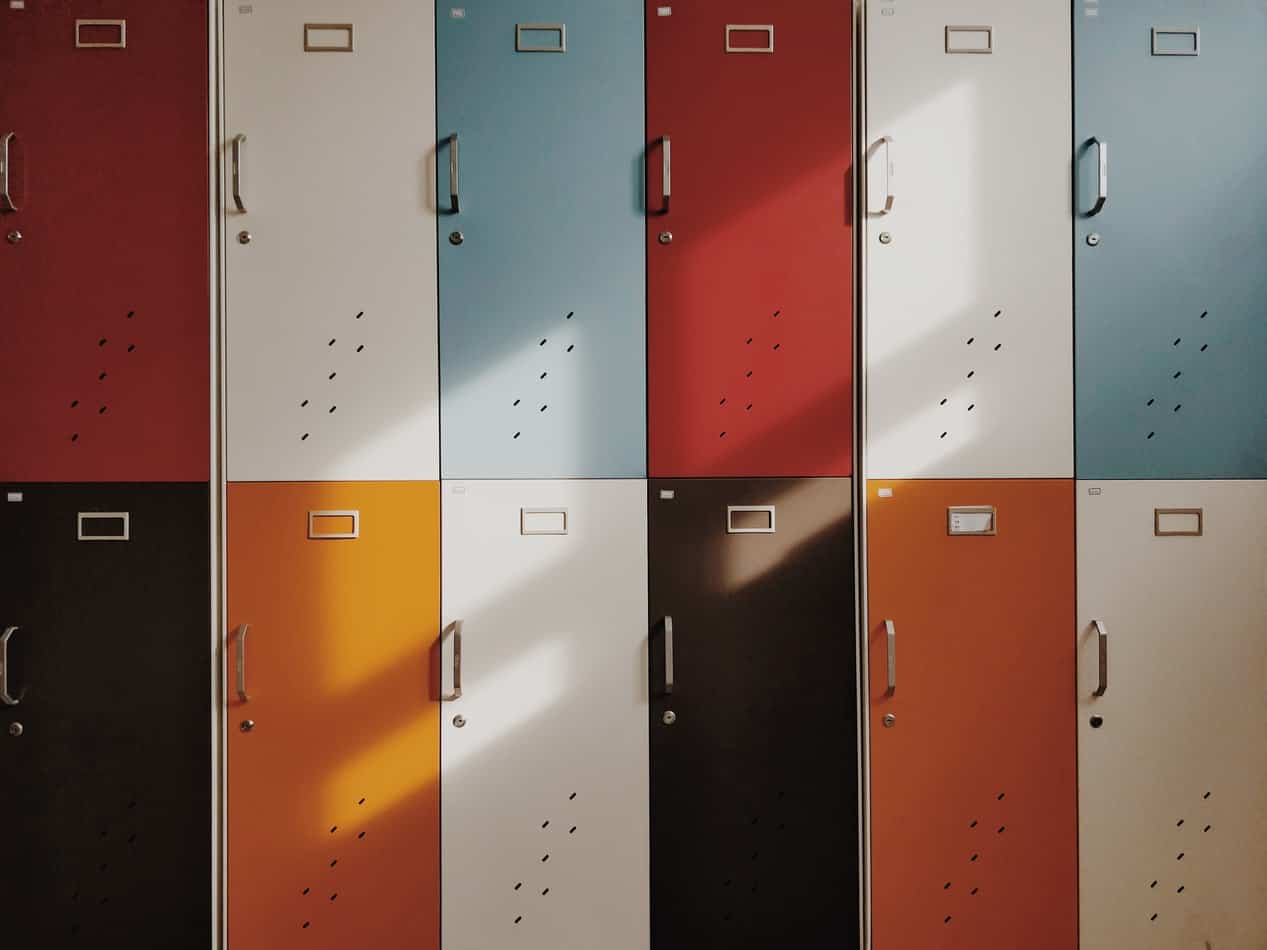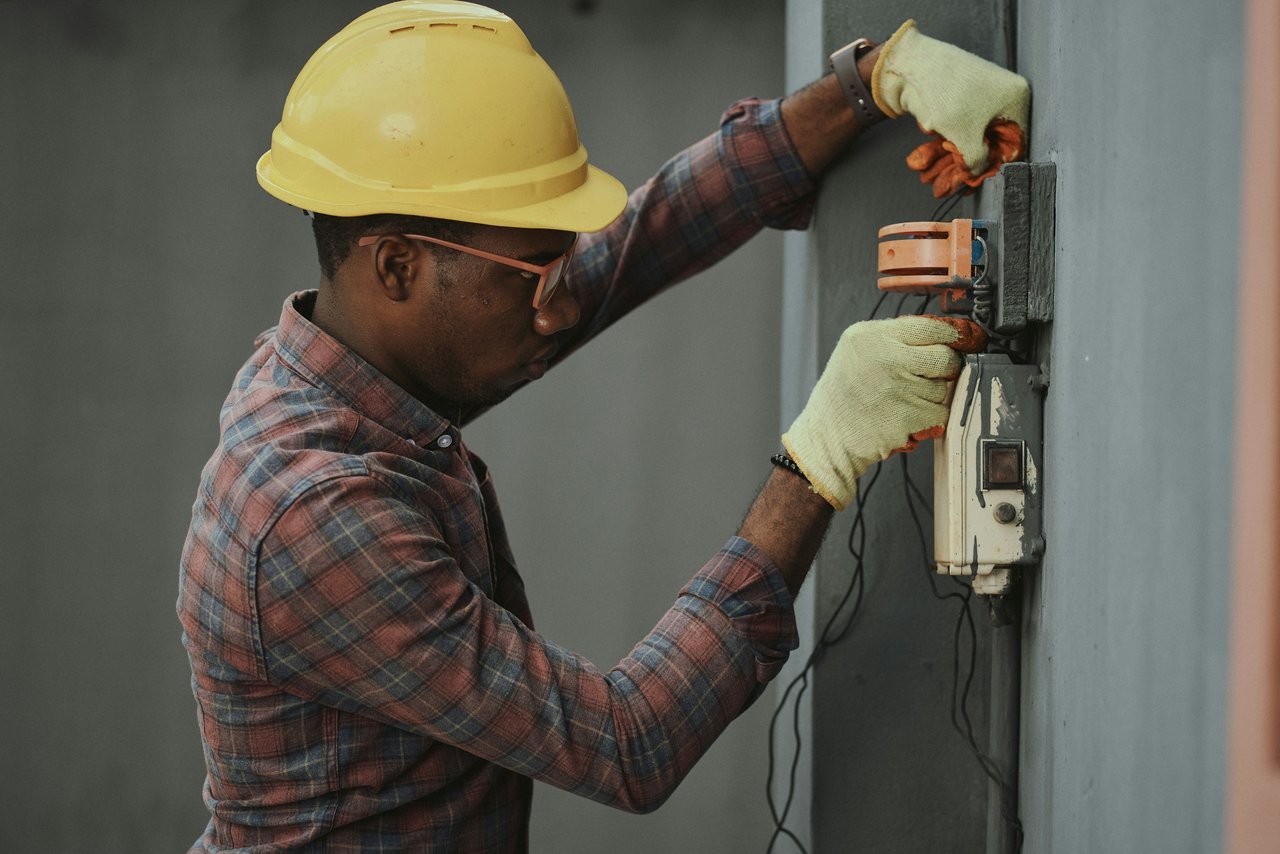Guest POV: How Are We Looking Out For Other People’s Children?


by Jennie Herriot-Hatfield
Guest writer Jennie Herriot-Hatfield is a new-ish mother who works in K-12 education. She lives in San Francisco with her husband and two young children. All views expressed here are her own.
Reading time: 5 mintues
To my fellow White parents: We need to rethink how we define a “good” school and, by extension, what our obligation is to our fellow citizens — particularly those who are marginalized in our communities.
This is the second post in a two-part series. In my last post, I made the case that we White parents need to move beyond simplistic, coded labels for schools (“good” versus “bad”), and instead think more deeply about what we want out of our children’s education. At the same time, if we truly believe that some schools are better serving their students than others — and I have no doubt this is true — then what are we doing about it? Because if we’re doing nothing, the implication is we’re okay with other people sending their kids to “bad” schools.
Before I dive into solutions, I think it’ll be helpful to briefly describe the problem I’m suggesting we address: In American schools, there are tremendous opportunity gaps along racial and economic lines, created by a long list of interrelated factors (e.g., extremely unequal funding for schools, both public dollars and private fundraising through PTAs; low expectations for students with identities and characteristics that are often marginalized in schools; lack of access to engaging, grade-level work that affirms students’ diverse identities; racial and economic segregation; White and/or privileged parents advocating for advantages for their children at the expense of other children; during distance learning, huge disparities in access to devices and wifi). These opportunity gaps in turn create achievement gaps, meaning some racial and economic groups perform better than others on standardized tests, graduate high school at higher rates, complete college at higher rates, and so on. To be crystal clear, achievement gaps are the result of centuries-old opportunity gaps — not some deficiency on the part of marginalized students and families.
As I wrote in my previous post, I don’t have all the answers, but I have some ideas. Before I offer these ideas, I will say that, after working in K-12 education for 14 years, I’m constantly learning new things about our education system. This list has existed in my head for a long time and is constantly evolving. It will continue to evolve after I post this. But as of today, here are my suggestions:
During COVID19
Now and in “normal times”
Two super important notes about integration: (1) Don’t assume people from marginalized communities want to integrate. For example, a cautionary tale: One of the sadder consequences of Brown v. Board of Education was the firing of many Black teachers and the closure of successful Black-led schools as Black students were sent to White schools, but White families refused to send their kids to Black-led schools. (2) If your children attend an integrated school, it’s critical to think about how and when you are advocating for your child at the expense of non-White children. The podcast Nice White Parents is a great resource for fostering this kind of introspection.
In the end, the most important thing is that we do not stand idly by and allow other people’s children to receive an education that we believe is unworthy of our own children. The problems may seem overwhelming and the solutions inadequate, but we have to start somewhere. I urge you to pick one thing from the list above and start working on it today. (I’ve done a few things on this list; I think number 4 will be my next project.) As the writer Matthew Stewart put it in his excellent 2018 piece in The Atlantic: “We should be fighting for opportunities for other people’s children as if the future of our own children depended on it. It probably does.”
For Part I of this post, click here: This essay originally appeared at Medium. To read the original please click here.)
Photo Credit: Moren Hsu
Stay up to date on the latest real estate trends.









Financial peace doesn’t have to wait for “someday.” In this conversation with financial planner Jessica Lanning, I share five-minute actions to help you stop procrasti… Read more
You’ve got questions and we can’t wait to answer them.